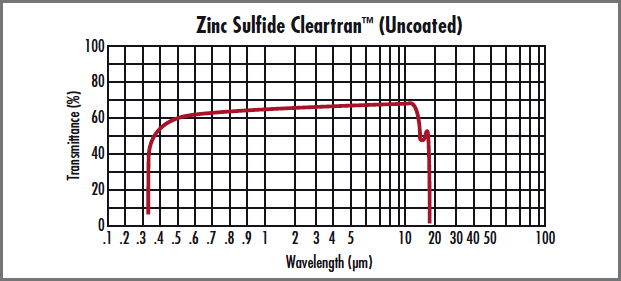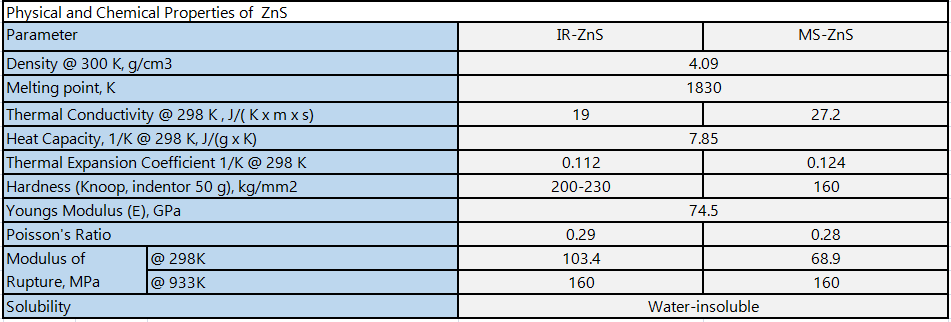> The total cost of ownership of a network video system with 40 or more cameras is lower than that of an analog system.
> For IP systems and analog systems, 32 cameras are the break-even point. In general, if there are more than 32 cameras, the cost of the network video system is lower. If it is between 16 and 32, the cost difference between the two is small, and even the cost of the simulation system will be lower.
Cabling Cost Construction Costs According to a survey of the differences between analog and digital solutions, analog systems cost nearly 50% more to installation, configuration, and training than IP systems. For example, the cabling cost of an analog system is almost three times the cost of an IP system cabling. The main reason is that coaxial cable routing is much more expensive than Ethernet cabling. Moreover, analog systems typically require separate routing of power cables, while Power over Ethernet (PoE) eliminates the need for electrical connections in IP systems. In addition, in order to control the analog PTZ camera, separate wiring is also required. The digital cabling uses a switch-node connection, and the analog system cabling uses a direct connection. This greatly saves the wiring cost for the customer. In addition to the existing unit community school and other places, the network cabling is ready-made, does not need to be too much to arrange, just add; and the analog monitoring needs to be re-arranged from The front-to-back end is a line pulled to the end, saving the cost of the wire, reducing the construction period and saving labor costs. The network video system allows users to integrate open PC systems with open storage and video management software at a cost that is 20% lower than DVR.
After-sales cost The after-sales maintenance of the traditional analog monitoring system is very troublesome. It is necessary to check the problem at one end of the line to determine the problem. In this place, often a small line problem requires a huge manpower to re-examine the line. It takes time and effort.
The digital monitoring system based on the IP network measures the existing network test equipment, which can be used to find out which line is faulty, which greatly reduces the after-sales cost.
Any advanced features offered by network video require cost. The initial cost of a network camera may be higher than that of an analog camera if only camera costs are compared. However, when comparing the cost of each video, the SIVIDI network video system with excellent flexibility and superior performance is comparable to the DVR-based analog system. For many system configurations, the upfront cost of monitoring systems based on network video products is lower.
The scalability of the scalable network video solution is also more convenient and economical than the expansion of the analog monitoring system. In the era of analog video surveillance, the cost of remote monitoring on the transmission medium is very large, and with the monitoring The increase in the number of video channels has risen linearly, and the cost of adding a large amount of matrix and transmission wires eventually accounts for almost all of the cost of monitoring. The scalability of network video solutions is also reflected in the storage. Traditional analog video surveillance also requires the purchase of a large number of centralized storage devices and disks, while network video surveillance uses a large number of distributed storage methods and utilizes existing computer disk space. Perform storage management.
As a professional network camera R&D and manufacturer, AXA International has a complete network video surveillance front-end product line, which can meet the needs of customers' products and equipment monitored by various industries, and also provides powerful back-end integrated management software and implementation experience. .
Multi-spectral grade of zinc sulfide has low absorption and scatter properties over its broad transmission range of 0.4 - 12μm. Zinc Sulfide Multispectral is a chemically vapor deposited material which is commonly used in thermal imaging. With its excellent transmission properties in the visible and infrared, Zinc Sulfide Multispectral is the material of choice for systems that have both visible and mid-wave or long-wave infrared sensors. It is slightly harder and more chemically resistant than zinc selenide.
We consistently offer various high quality optical components according to the customer's requirements use other infrared materials. Such as prisms,Spherical Lens, aspherial lens,Ball lens,Optical Windows,Achromatic Lens,cylinder lens etc.



|
ZnS lens and ZnS windows specifications: |
||
| Standard precision | High-precision | |
| Dimension Tolerance | φ5-100mm+0/-0.2 | φ3-250mm+0/-0.2 |
| Center Thickness Tolerance | 1-15mm+/-0.1 | 1-30mm+/-0.05 |
| Centration | 1 arc minutes | 10 arc seconds |
| Surface Quality | 60/40 | 40/20 |
| Power(fringe@633nm) | N<λ@633nm(in 25mm) | N<λ/4@633nm(in 25mm) |
| Clear Aperture | >90% | >95% |
| Chamfer | Protected <0.5mmx45deg | Protected <0.5mmx45deg |
Zinc Sulfide Lens,Zns Spherical Lens,Zinc Sulfide Aspherical Lens,Zns Plano-Convex Lens
China Star Optics Technology Co.,Ltd. , https://www.opticsrealpoo.com